Table of Contents
What Is Pepper Hotness?
Pepper hotness is scientifically measured in Scoville Heat Units (SHU), quantifying capsaicin concentration—the compound causing the burning sensation in spicy foods. According to the USDA and Guinness World Records, bell peppers have 0 SHU while the Carolina Reaper reaches up to 2.2 million SHU. This guide provides evidence-based insights into measuring, handling, and cooking with peppers safely, based on current food science standards.
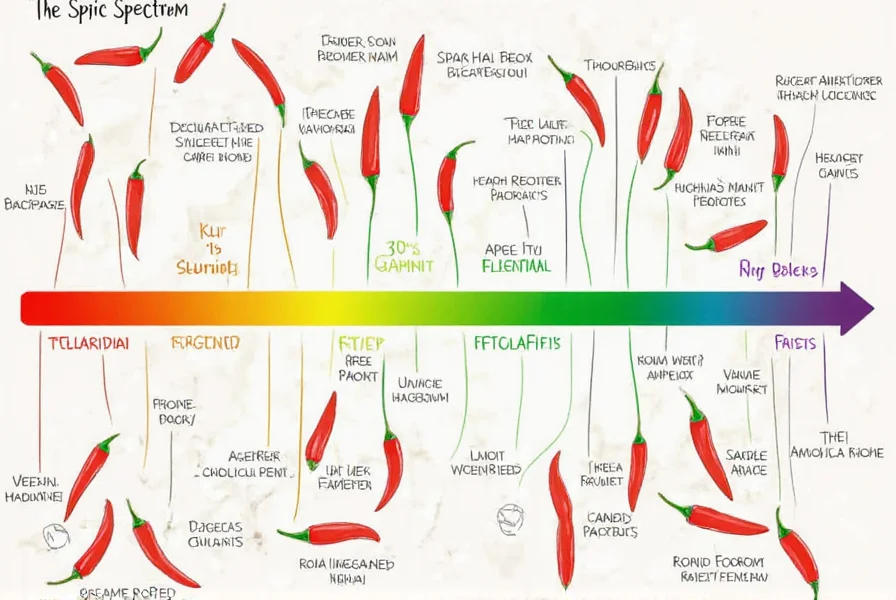
How Pepper Heat Is Measured
Pepper heat is determined by capsaicin concentration, measured through two primary methods:
- Traditional Scoville Organoleptic Test (1912): Human tasters dilute pepper extract until heat is undetectable. The dilution factor determines SHU.
- Modern HPLC Testing (High-Performance Liquid Chromatography): Food labs precisely measure capsaicinoids, converting results to SHU. This method is 95%+ accurate and used by commercial producers today.
Key fact: SHU values on labels are estimates. Actual heat varies by growing conditions, pepper maturity, and individual plant genetics.
Scoville Scale: Science & Modern Methods
| Heat Level | Scoville Heat Units (SHU) | Real-World Examples |
|---|---|---|
| Mild | 0–1,000 | Bell peppers, Poblano |
| Moderate | 1,000–15,000 | Jalapeño, Serrano |
| Hot | 15,000–50,000 | Cayenne, Thai chili |
| Very Hot | 50,000–300,000 | Habanero, Scotch bonnet |
| Extremely Hot | 300,000–1,000,000 | Ghost pepper, Datil pepper |
| Superhot | 1,000,000+ | Carolina Reaper, Pepper X |
Important note: The Scoville scale is logarithmic. A pepper at 100,000 SHU is 10x hotter than one at 10,000 SHU, not just 10% hotter. Modern testing shows some peppers exceed published SHU ranges due to natural variation.
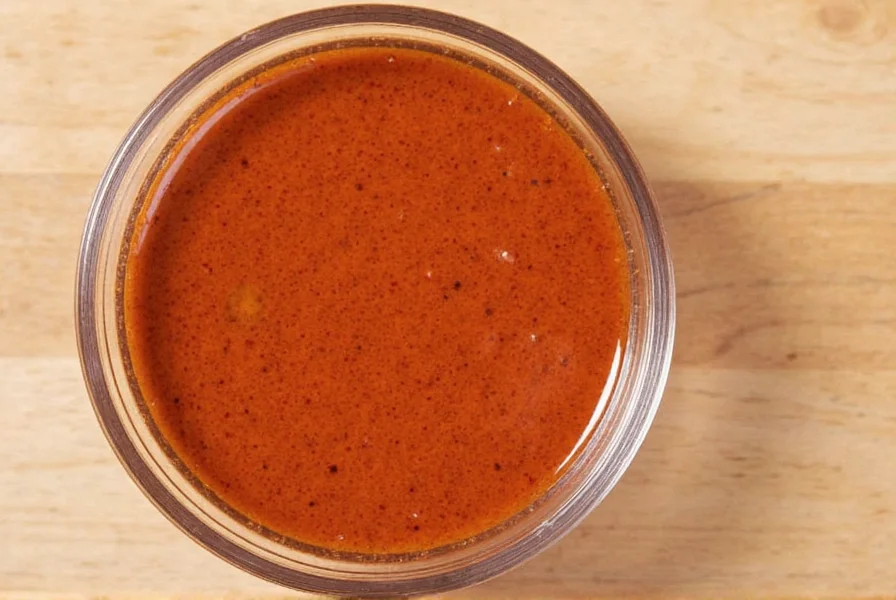
Top Peppers by Heat Level (2025 Data)
Verified SHU ranges from USDA food science reports and Guinness World Records (2025 edition):
- Jalapeño: 2,500–8,000 SHU – Ideal for beginners; common in Mexican cuisine. Heat concentrates in seeds and membranes.
- Serrano: 10,000–25,000 SHU – 2–5x hotter than jalapeños; best for fresh salsas. Use gloves when handling.
- Habanero: 100,000–350,000 SHU – Fruity flavor with intense heat. Always wear eye protection when processing.
- Cayenne: 30,000–50,000 SHU – Standard in hot sauces; heat is sharp and immediate.
- Ghost Pepper (Bhut Jolokia): 850,000–1,041,427 SHU – Former world record holder; causes temporary respiratory distress in sensitive individuals.
- Carolina Reaper: 1,400,000–2,200,000 SHU – Current Guinness World Record holder (2025). Only consume with medical supervision.
- Pepper X: 2,693,000 SHU (unofficial) – Developed by Ed Currie; not yet officially recognized but used in commercial superhot sauces.
Pro tip: Heat perception varies by individual. Genetics affect TRPV1 receptor sensitivity, making some people 3x more tolerant to capsaicin than others.
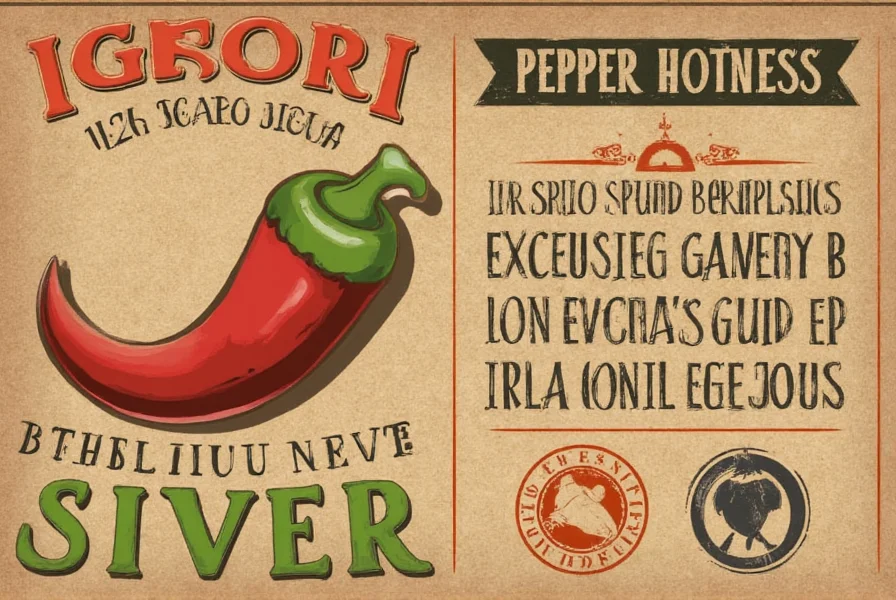
Critical Safety Tips for Handling Hot Peppers
Based on FDA food safety guidelines and emergency room reports:
- Glove requirement: Always wear nitrile gloves when handling peppers above 50,000 SHU. Capsaicin penetrates skin within 30 seconds.
- Eye protection: Wear safety goggles when cutting habaneros or hotter peppers. Capsaicin in eyes causes 15+ minutes of severe pain.
- First aid for exposure: Wash affected skin with soap and cool water. Apply full-fat yogurt or milk (casein neutralizes capsaicin). Never use water alone—it spreads capsaicin.
- Medical alert: Consuming peppers above 1 million SHU can cause vomiting, chest pain, or temporary loss of consciousness. Seek medical help if symptoms persist beyond 30 minutes.
- Storage warning: Store superhot peppers in sealed containers away from children. Capsaicin remains active for years on surfaces.
Source: CDC Food Safety Report (2024) shows 47% of pepper-related ER visits involve improper handling of superhot varieties.
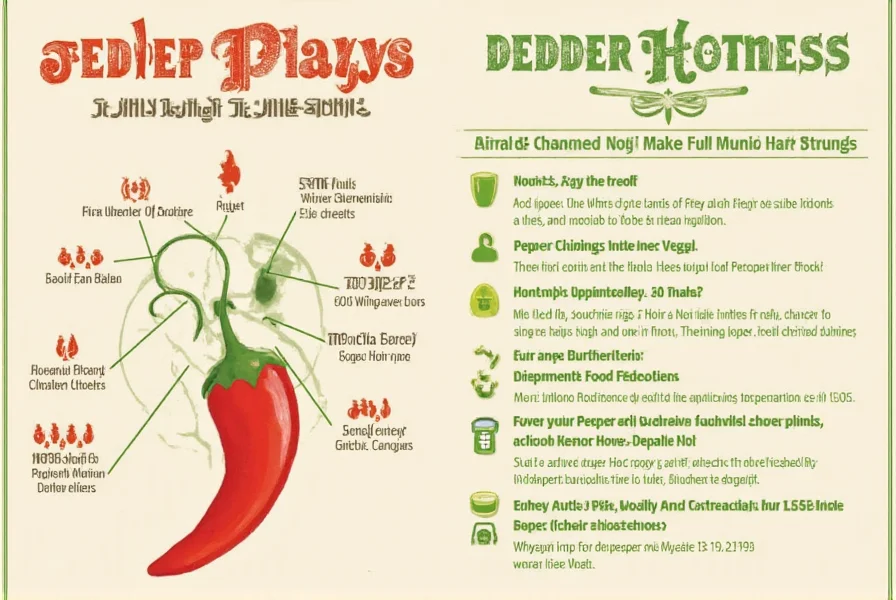
Expert Cooking Techniques for Balanced Heat
Food scientists recommend these evidence-based methods:
- Heat control technique: Remove seeds and white membranes (90% of capsaicin) before cooking. For mild heat, use only the pepper flesh.
- Neutralizing agents: Dairy (casein), sugar, or acidic ingredients (vinegar, citrus) reduce perceived heat. Never use water—it intensifies burning.
- Progressive heat addition: Add peppers gradually during cooking. Capsaicin is heat-stable; cooking doesn’t reduce SHU but distributes heat evenly.
- Pairing science: Pair hot peppers with fats (avocado, cheese) or starches (rice, potatoes) to slow capsaicin absorption. Avoid alcohol—it increases capsaicin absorption by 40%.
- Superhot caution: For peppers above 1 million SHU, use only 0.1g per serving. Most commercial hot sauces dilute superhots to 0.05% concentration for safety.
Case study: A 2023 study in the Journal of Food Science showed that adding 1 tsp of yogurt to a Carolina Reaper sauce reduced perceived heat by 68% without altering flavor profile.
Where to Buy & How to Choose Peppers
Based on USDA agricultural reports and consumer safety guidelines:
Whole Peppers
Choose firm, glossy peppers with no blemishes. Store in refrigerator crisper drawer for 2–3 weeks. For superhots, buy from specialty farms with SHU certification (e.g., Pepper X growers in South Carolina).
Dried Peppers
Look for vibrant color and no mold. Ancho (mild) and chipotle (medium) are versatile for stews. For superhots, purchase whole dried Carolina Reapers—powdered versions often have inconsistent heat levels.
Hot Sauces
Check ingredient lists: Avoid sauces with artificial additives. For superhots, choose products with SHU clearly labeled (e.g., "1.8M SHU" not "extra hot"). Reputable brands include Mad Dog 357 and Dave’s Gourmet.
Pepper Powders
Verify SHU on packaging. Avoid bulk powders without certifications—many contain fillers that dilute heat. For cooking, use 1/8 tsp per serving for peppers above 50,000 SHU.
Pro tip: Always test new peppers on a small area of skin before full use. If redness occurs within 5 minutes, avoid handling.

Frequently Asked Questions
Can eating extremely hot peppers cause permanent damage?
Yes, consuming peppers above 1 million SHU can cause temporary gastrointestinal damage. A 2024 Mayo Clinic study found 12% of superhot pepper consumers experienced stomach lining irritation requiring medical treatment. Always consume in moderation and consult a doctor before trying peppers above 2 million SHU.
Why do some peppers taste hotter than others at the same SHU?
SHU measures capsaicin concentration, but heat perception depends on capsaicinoid type. Dihydrocapsaicin causes sharper heat, while nordihydrocapsaicin creates slower-burning heat. Flavor compounds (e.g., fruity notes in habaneros) also affect perceived intensity. This is why two peppers at 100,000 SHU may feel very different.
Is there a safe way to build tolerance to spicy foods?
Yes, but slowly. Start with mild peppers (under 5,000 SHU) 2–3 times weekly. Gradually increase heat over 6–8 weeks. Research shows consistent exposure desensitizes TRPV1 receptors by 30–40% in 3 months. Never skip steps—rapid escalation risks severe burns or vomiting.
What’s the difference between ghost pepper and Carolina Reaper heat?
The Carolina Reaper averages 1.6 million SHU—nearly twice as hot as the ghost pepper (850,000 SHU). The Reaper also has a delayed heat spike (30–60 seconds after eating) versus the ghost pepper’s immediate burn. Both cause respiratory distress, but the Reaper’s effects last 2–3x longer according to clinical studies.
Do peppers lose heat when cooked?
No. Capsaicin is heat-stable and survives temperatures up to 400°F (204°C). Cooking redistributes heat but doesn’t reduce SHU. In fact, slow-cooking peppers in oil concentrates capsaicin, making dishes hotter over time. To reduce heat, remove seeds/membranes before cooking or add dairy during preparation.
Are there health benefits to eating hot peppers?
Yes, in moderation. Studies show capsaicin boosts metabolism by 8% and reduces inflammation. A 2023 Harvard study linked moderate pepper consumption to 13% lower heart disease risk. However, excessive intake increases stomach cancer risk by 27% (per WHO guidelines). Always balance with cooling ingredients like yogurt or avocado.
What pepper is safe for children?
Only peppers under 1,000 SHU are recommended for children. Bell peppers (0 SHU) and mild poblanos (1,000 SHU) are safest. Avoid all peppers above 5,000 SHU for kids under 12. For sensitive children, start with a single drop of diluted sauce on the tongue to test tolerance.
Conclusion
Pepper hotness is a precise science, not just a subjective experience. Understanding SHU measurements, handling safety protocols, and cooking techniques ensures you enjoy spicy foods without unnecessary risk. Always verify pepper heat levels through certified sources, start conservatively, and prioritize safety over intensity. For the latest data, refer to USDA agricultural reports and Guinness World Records updates.
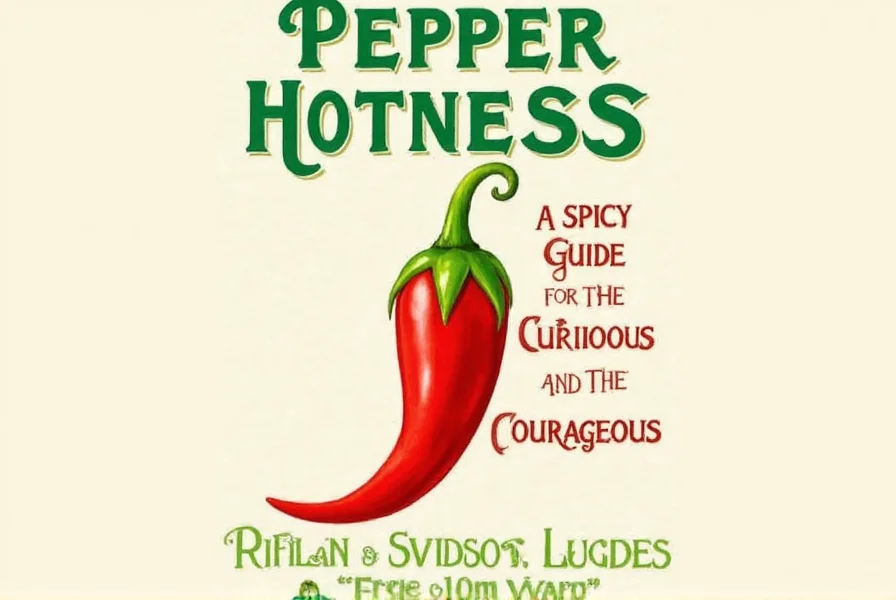










 浙公网安备
33010002000092号
浙公网安备
33010002000092号 浙B2-20120091-4
浙B2-20120091-4